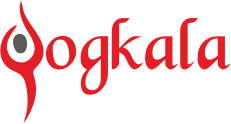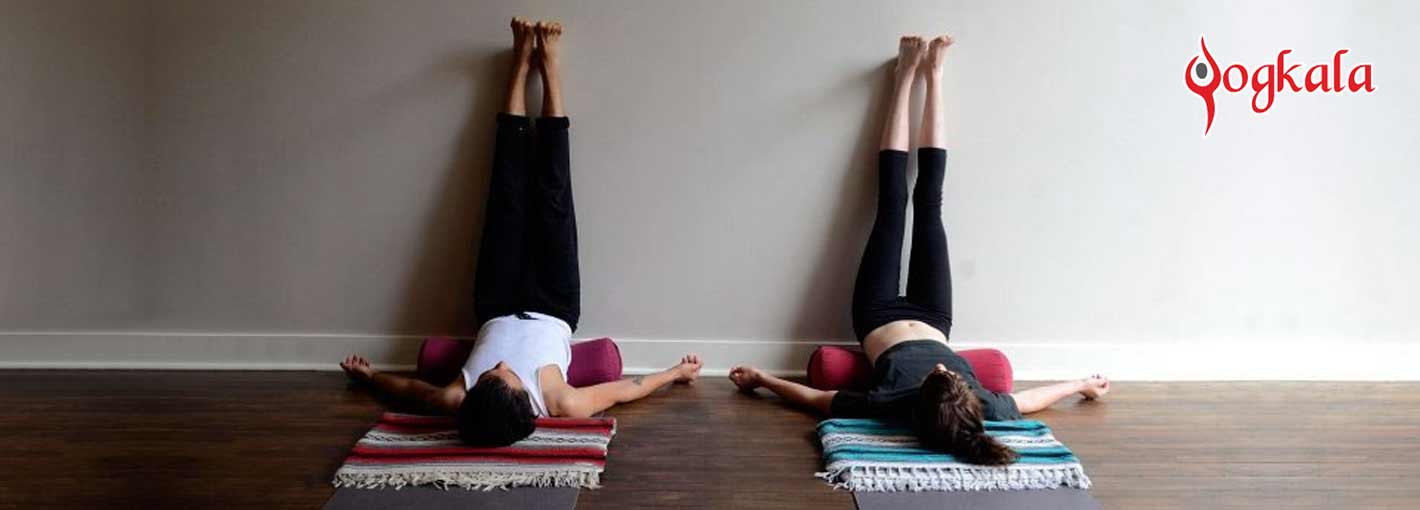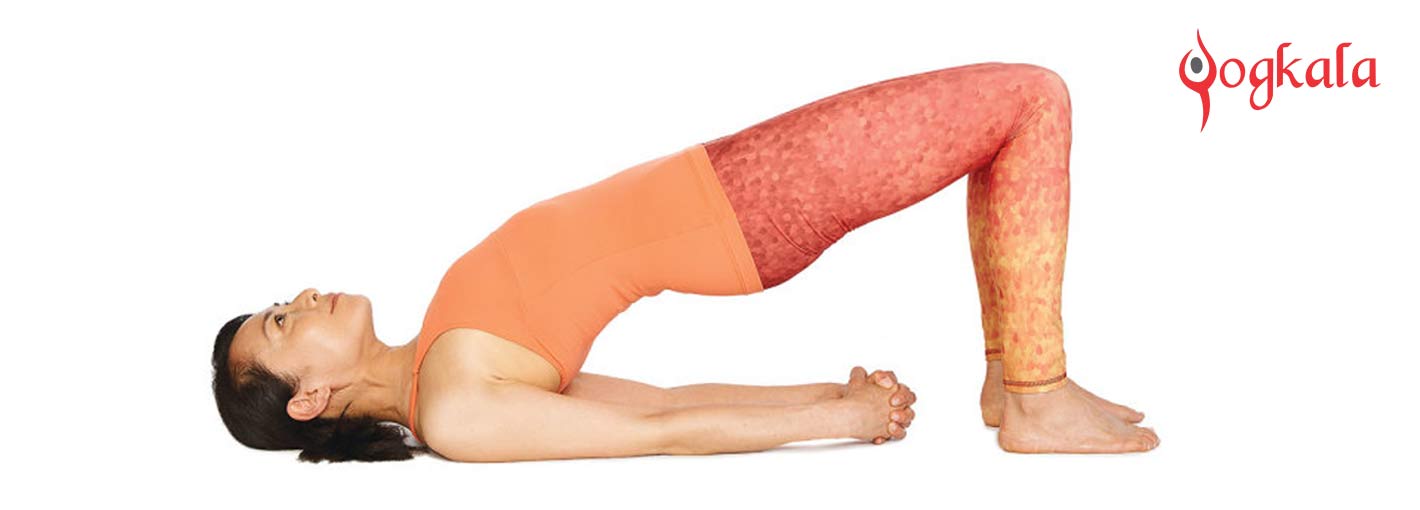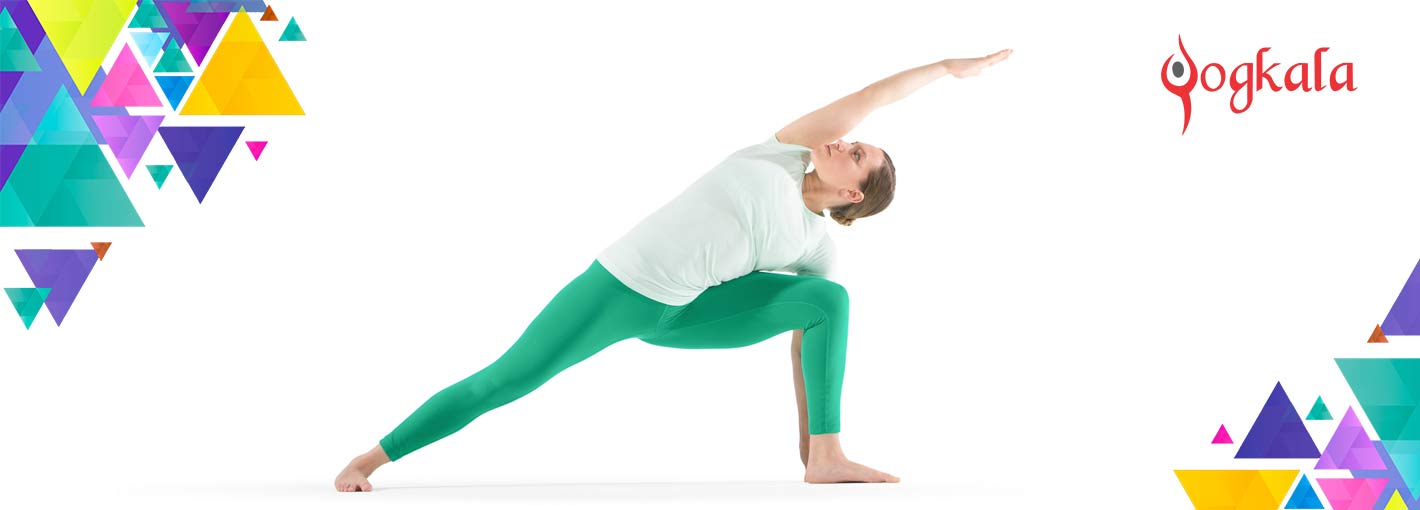Steps & Health Benefits Of Anulom Vilom Pranayama (Alternate Nostril Breathing)
Anulom Vilom Pranayama (or alternate nostril breathing) is a truly effective breathing exercise. This pranayama even finds a mention in the yogic texts such as Gheranda Samhita, Hatha Yoga Pradipika, Puranas, Tirumantiram, Siva Samhita, and the Upanishads.
The complete process of pranayama involves inhalation (Puraka), retention (Kumbhaka) and exhalation (Rechaka). Also known as Nadi Shodhan Pranayama, the Anulom Vilom pranayama can be practiced with or without Kumbhaka (holding of breath).
How To Do Anulom Vilom Pranayama?
- Choose a steady asana like Padmasana, Vajrasana or Siddhasana for practicing Anulom Vilom.
- Close your left nostril with thumb and slowly inhale from right nostril. Do this until your lungs get filled with air.
- Now gradually release the thumb and exhale through your left nostril closing it with ring finger.
- Now perform the steps 2 & 3 with right nostril.
- This completes one round of Anulom Vilom pranayama.
You can begin by practicing 5 rounds and then increase it to 20 rounds in a sitting. Also, the inhalation span can start from 2 seconds and go upto or beyond 20 seconds. Beginners can do one sitting in the morning and one in the evening. For beginners, it is recommended to start the practice without Kumbhaka.
And for advanced practitioners, four sittings are recommended in the yogic texts- one in morning, one in noon, one in evening and one at night. After attaining a certain level of proficiency, one can practice it with Kumbhaka or retention of breath.
Health Benefits Of Nadi Shodhana Pranayama
- Cleans the pranic channels and making the free-flow of prana in the whole body.
- Purifies the nadis or the pranic energy channels.
- Reduces body weight
- Helps in body detoxification
- Balances two main energy channels ‘Ida’ and ‘Pingala’.
- Balances both the brain hemispheres and brings peace to mind.
- Awakens central channel (Sushumna Nadi)
- Purifies the energy channels, ensuring proper supply of pranic energy to all the organs thereby improving the overall body health.
- Prolonged practice of Anulom Vilom Pranayama leads to next stage of yoga, which is Pratyahara or withdrawal of the senses. This enables the practitioner to progress towards higher practices of Dharana, Dhyana and Samadhi.
Contraindications
- Do NOT attempt retention of breath (Kumbhaka) if you have a heart ailment.
- Avoid retention of breath if you have problem of high BP (blood pressure).








